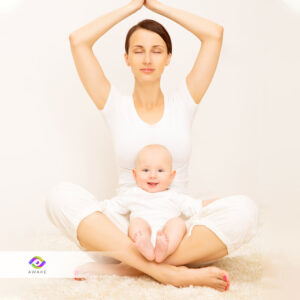Do’s and Don’ts of Pacifier Use


Dos and Don’ts of Pacifier : Do not force your baby to use a pacifier. If the pacifier falls out at night and your baby doesn’t notice, don’t put it back in
- There are some easy dos and don’ts of pacifier (or dummy as they are also referred to) use.
- Pacifiers are helpful for soothing a baby at sleep time, offering comfort by working the baby’s sucking reflex.
- Breastfeeding mothers may consider establishing their milk supplies before introducing a pacifier.
- Orthodontic pacifiers with angled wide tips are recommended to ensure the baby’s jaw is in the correct position.
Dos and Don’ts of Pacifier
Pacifiers can be great parenting tools to help calm fussy babies. The American Academy of Pediatrics even recommends offering a pacifier in the first year of life. But not all pacifiers are created equal. Follow these tips for safe and effective pacifier use.
Do provide the pacifier at bedtime and nap times.
Offer it as you put baby down for sleep. If your baby rejects it, don’t force it. If the pacifier falls out during sleep and your baby doesn’t wake up, don’t reinsert it.
Make sure the pacifier is clean and in good condition. If it becomes worn or gets sticky, replace it. Tug on the bulb frequently to make sure it’s firmly attached. Replace pacifiers routinely and frequently.
Never coat a pacifier in any sweet solution.
Don\’t use pacifiers to replace or delay meals. If mother is nursing, be sure her milk supply is firmly established before offering a pacifier to a breastfeeding baby. The American Academy of Pediatrics recommends waiting until at least the fourth week of life.
A pacifier should have ventilation holes to prevent irritation from saliva and a shield that is wider than the child’s mouth. Avoid decorative features that could fall off and pose a choking hazard.
Never tie a pacifier to the crib or around a child’s neck or hand, as this poses a strangulation hazard. To meet current Consumer Product Safety Commission standards, pacifiers can’t be sold with any string or cord attachment. Pacifier clips are recommended instead.
Never use a bottle nipple as a pacifier.
Orthodontic pacifiers are recommended. They are angled with a wide tip, which means that baby’s top and bottom jaw are in the correct position when he’s sucking on it.
Try different brands and sizes until you find one your baby likes. Start with infant pacifiers at birth and then follow manufacturers age recommendations as your baby grows.
Check the Consumer Product Safety Commission for product recalls. A number of pacifiers have been recalled because they posed choking or strangulation hazards.
Sources:
American Academy of Pediatrics Oral Health Initiative
American Speech-Language-Hearing Association, Pacifier Overuse May Harm Speech Skills
American Dental Association Thumbsucking
Consumer Product Safety Commission.
Powered by Bundoo®
Nabta is reshaping women’s healthcare. We support women with their personal health journeys, from everyday wellbeing to the uniquely female experiences of fertility, pregnancy, and menopause. You can track your menstrual cycle and get personalised support by using the Nabta app.
Get in touch if you have any questions about this article or any aspect of women’s health. We’re here for you.













































